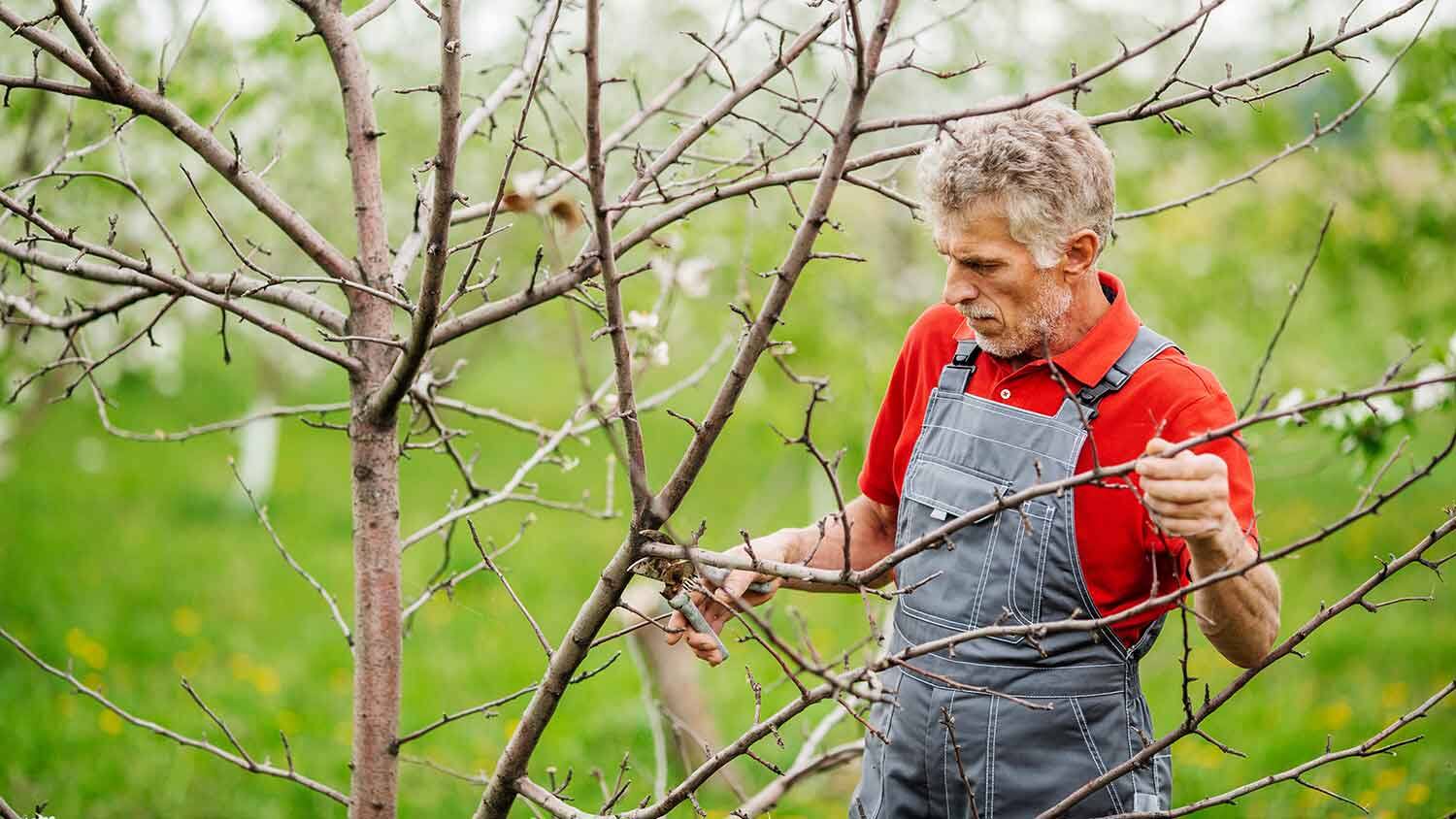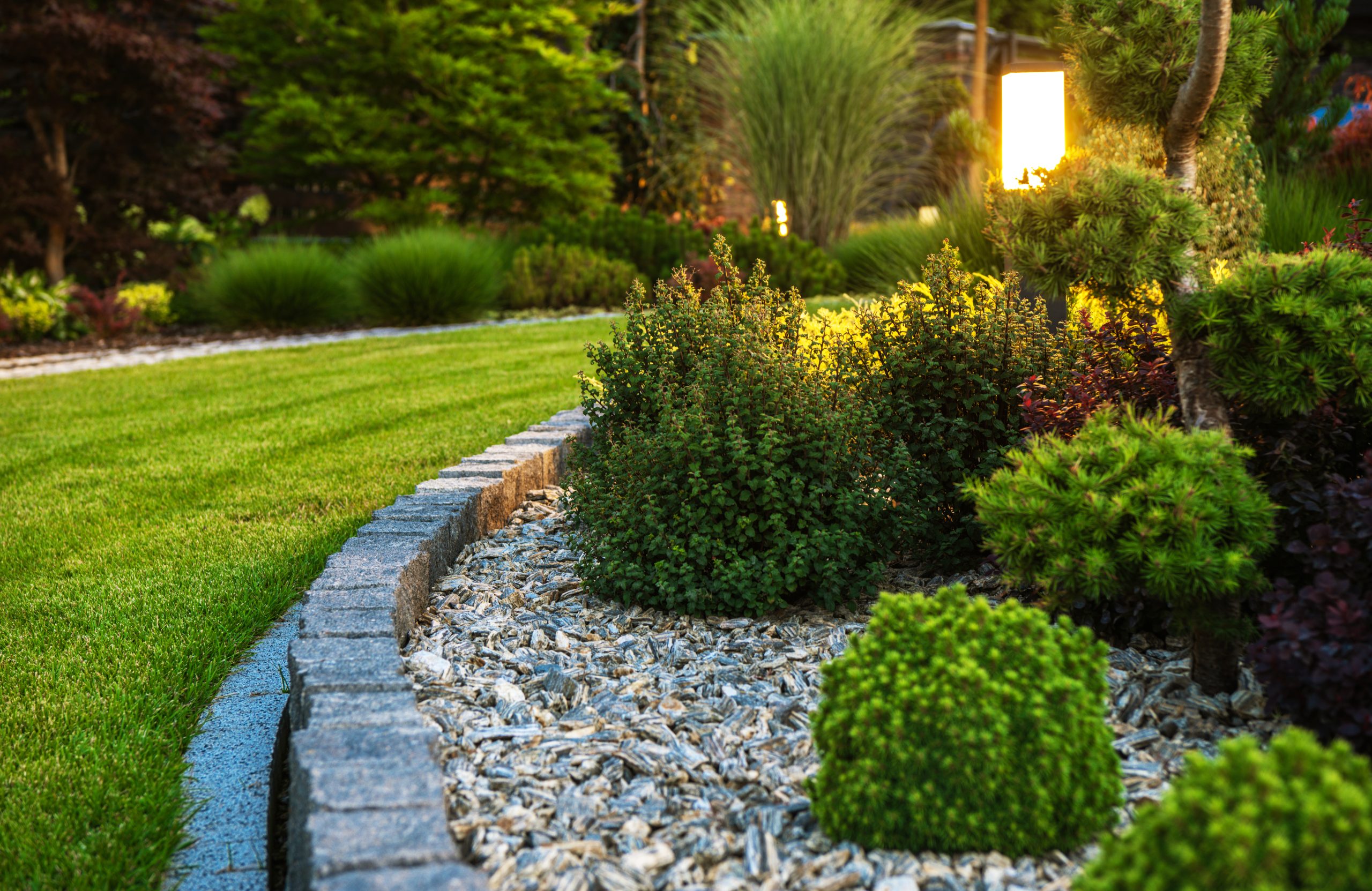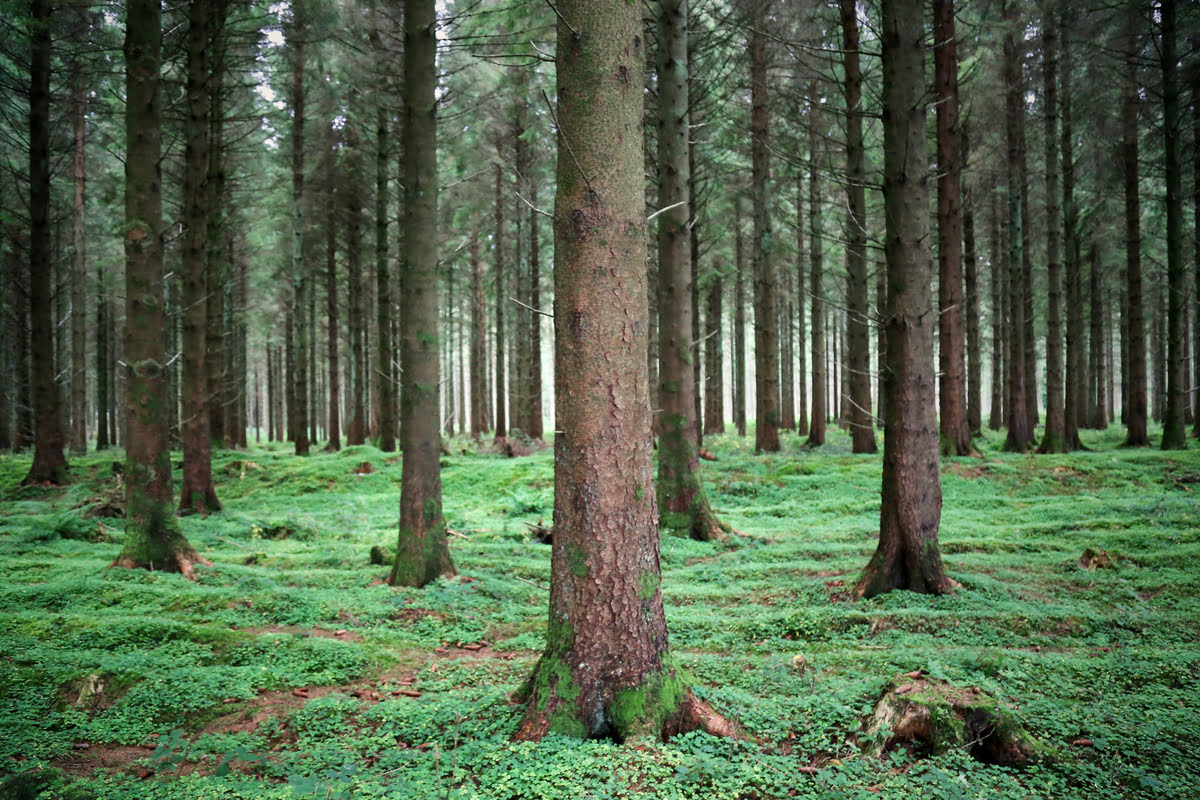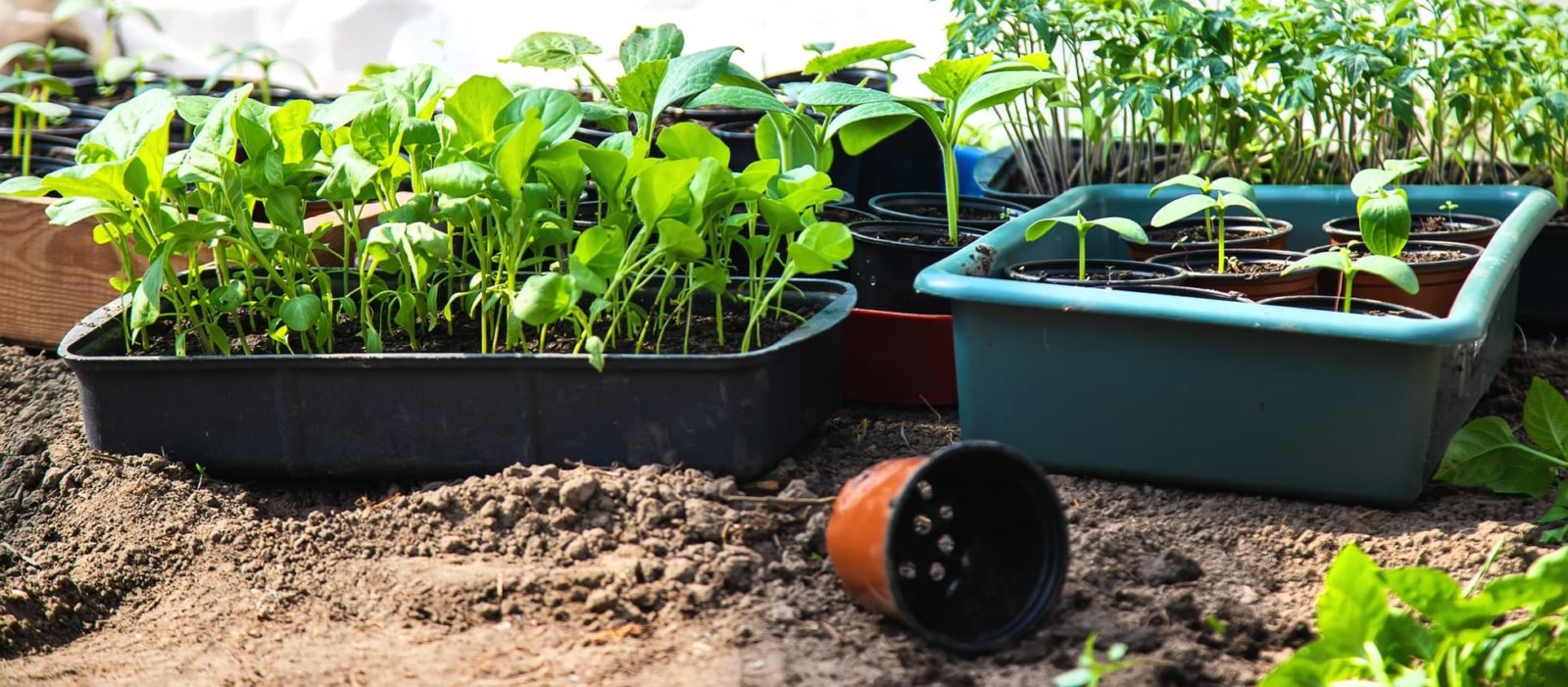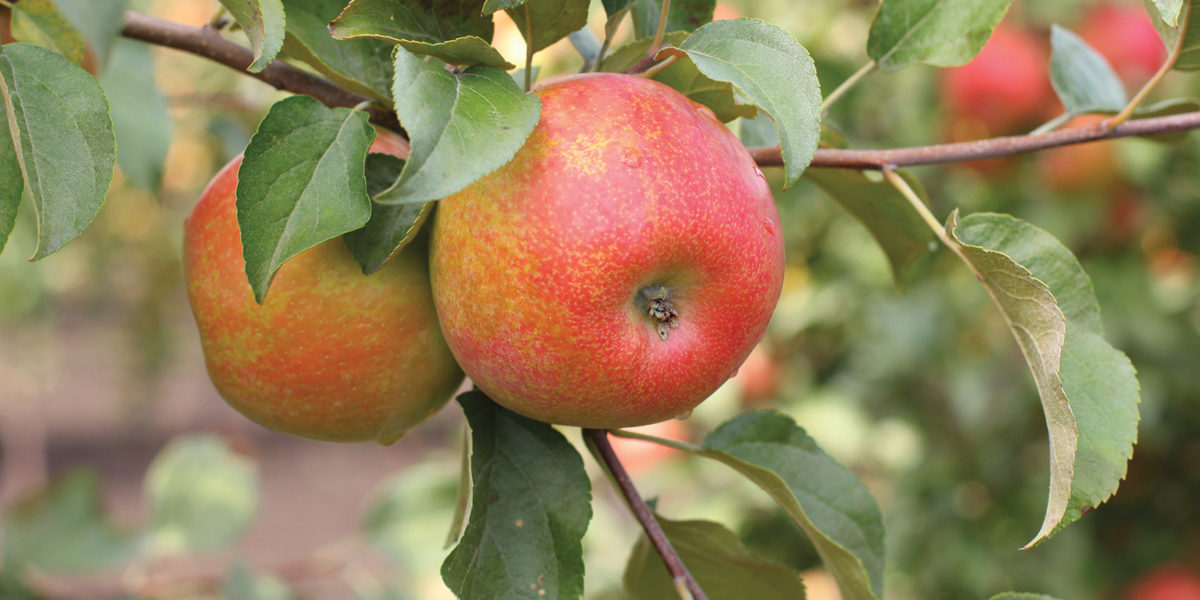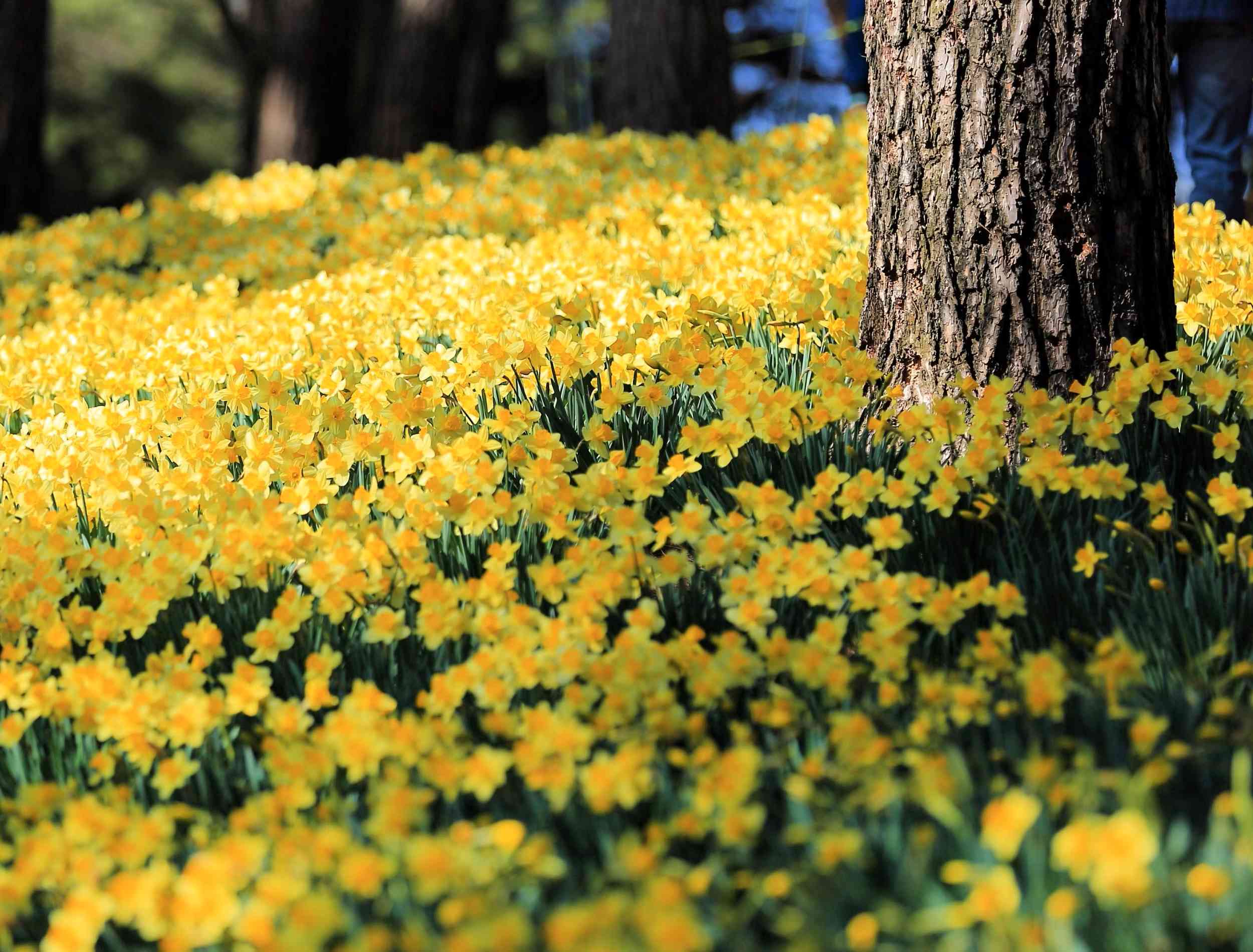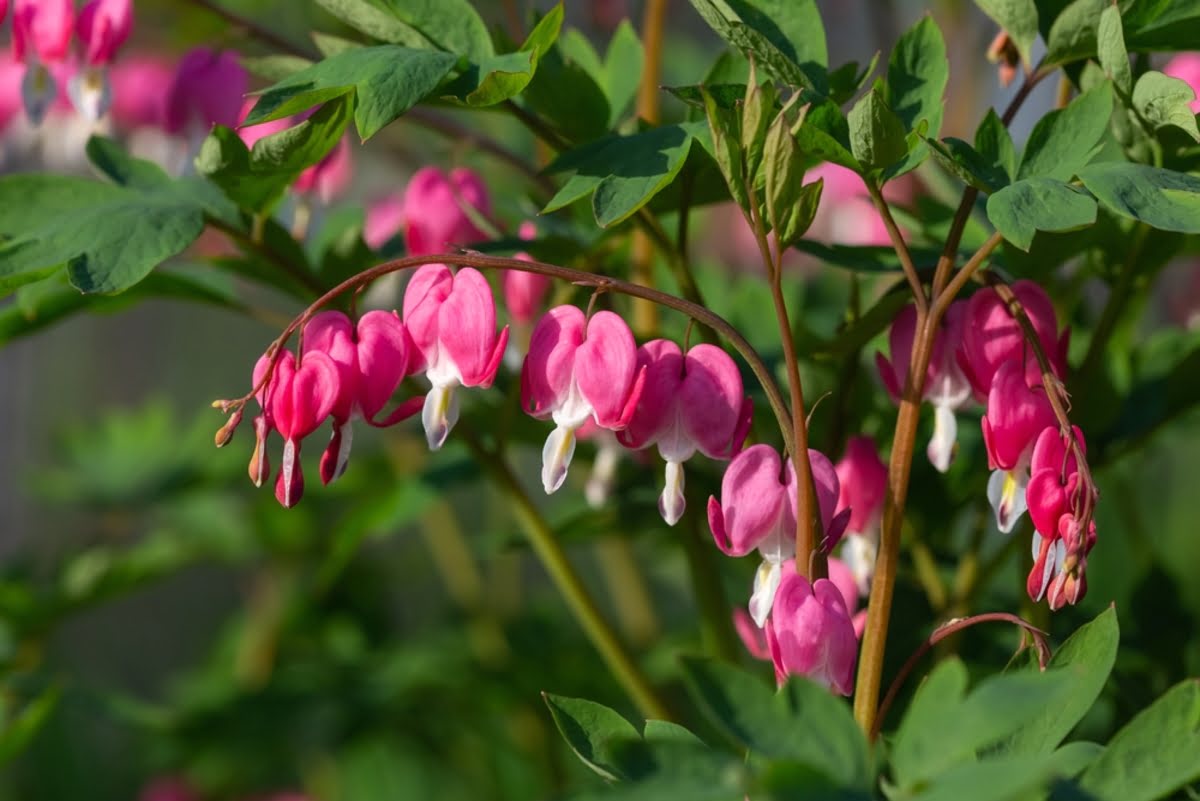Home>Gardening Tips and Tricks>Eco-Friendly Gardening>What Can You Plant Under Apple Trees In Permaculture


Eco-Friendly Gardening
What Can You Plant Under Apple Trees In Permaculture
Published: February 16, 2024
Discover eco-friendly gardening tips for planting under apple trees in permaculture. Learn about sustainable gardening practices for a thriving orchard.
(Many of the links in this article redirect to a specific reviewed product. Your purchase of these products through affiliate links helps to generate commission for Chicagolandgardening.com, at no extra cost. Learn more)
Table of Contents
Introduction
Introduction
When it comes to permaculture, the concept of planting under apple trees holds a special place. This practice not only maximizes the use of space but also fosters a harmonious ecosystem where each element plays a vital role. Under the dappled shade of apple trees, a diverse range of plant species can thrive, contributing to the overall health of the orchard. In this article, we will delve into the various plants and vegetables that can be cultivated under apple trees in permaculture, exploring the benefits, considerations, companion plants, ground cover plants, and perennial vegetables that can complement and enhance the apple tree ecosystem. By understanding the symbiotic relationships between these elements, we can harness the full potential of permaculture and create a thriving, sustainable environment that supports both plant and human life.
Planting under apple trees not only adds to the visual appeal of the orchard but also offers numerous practical advantages. The interplay of diverse plant species beneath the apple trees creates a balanced microclimate, fostering biodiversity and enhancing the overall health of the ecosystem. Additionally, the practice of planting under apple trees aligns with the principles of permaculture, emphasizing the importance of utilizing space efficiently and creating mutually beneficial relationships between different elements of the environment. As we explore the benefits, considerations, and specific plant varieties suitable for planting under apple trees, we will uncover the potential for a vibrant and sustainable orchard that transcends traditional monoculture practices.
By embracing the concept of planting under apple trees in permaculture, we embark on a journey that goes beyond conventional gardening. It is a holistic approach that recognizes the interconnectedness of all living organisms within the orchard and seeks to optimize their coexistence. As we delve deeper into the intricacies of this approach, we will uncover the multitude of benefits it offers, from improved soil health to enhanced biodiversity. Join us on this exploration of the symbiotic relationships and sustainable practices that define permaculture and the art of planting under apple trees.
Benefits of Planting Under Apple Trees
Planting under apple trees in a permaculture setting offers a myriad of benefits that extend beyond the conventional practices of orchard management. By introducing a diverse array of plant species beneath the apple trees, we create a thriving ecosystem that enhances the overall health and productivity of the orchard. Let’s explore the significant advantages of this approach:
- Biodiversity: Introducing a variety of plants under apple trees promotes biodiversity, creating a balanced and resilient ecosystem. This diversity attracts beneficial insects, pollinators, and other wildlife, contributing to the overall health of the orchard.
- Soil Health: Planting complementary species under apple trees can improve soil structure and fertility. Certain plants help fix nitrogen in the soil, while others act as dynamic accumulators, drawing up nutrients from deeper layers and making them available to the apple trees.
- Microclimate Regulation: The plants under the apple trees contribute to the regulation of the microclimate, providing shade, moisture retention, and wind protection. This fosters an environment where the apple trees can thrive while minimizing stress from harsh environmental conditions.
- Pest and Disease Management: Some companion plants can deter pests or attract beneficial insects that act as natural predators, reducing the need for chemical interventions. This natural pest management approach aligns with sustainable and eco-friendly orchard management practices.
- Enhanced Aesthetics: Beyond the practical benefits, planting under apple trees adds visual appeal to the orchard. The interplay of different plant heights, textures, and colors creates a picturesque and inviting landscape.
Embracing the practice of planting under apple trees in permaculture not only enhances the ecological balance of the orchard but also contributes to a more sustainable and resilient food production system. The symbiotic relationships between the plants and the apple trees yield a multitude of benefits that extend far beyond the sum of their individual contributions, creating a thriving and harmonious ecosystem.
Considerations for Planting Under Apple Trees
While the concept of planting under apple trees in permaculture is laden with benefits, it is essential to consider several factors to ensure the success of this approach. Understanding the specific considerations for planting under apple trees is crucial for creating a balanced and sustainable ecosystem within the orchard. Let’s explore these important considerations:
- Tree Root Competition: When selecting plants to grow under apple trees, it’s vital to consider the root systems of both the trees and the companion plants. Choosing shallow-rooted species that do not compete heavily with the apple tree roots is essential to prevent stunted growth and nutrient competition.
- Light Requirements: Different plants have varying light requirements. While apple trees provide dappled shade, it’s important to select shade-tolerant species that can thrive in this environment. Understanding the light patterns and intensities beneath the apple trees is crucial for choosing suitable companion plants.
- Moisture Levels: The presence of apple trees can influence the moisture levels in the soil. Some plants may require drier conditions, while others thrive in more moisture-retentive soil. Balancing the moisture needs of the companion plants with the existing conditions under the apple trees is essential for their successful growth.
- Complementary Functions: Each plant under the apple trees should serve a specific purpose, whether it’s enhancing soil fertility, attracting beneficial insects, providing ground cover, or offering edible yields. Understanding the complementary functions of the plants ensures that they contribute to the overall health and productivity of the orchard.
- Seasonal Considerations: Considering the seasonal dynamics of the orchard is crucial for selecting suitable plants. Some species may thrive during certain seasons, providing seasonal variation in the orchard ecosystem. Additionally, considering the flowering and fruiting times of the companion plants can support pollination and overall orchard health.
By carefully considering these factors and selecting plants that align with the specific needs of the apple trees and the orchard ecosystem, we can create a thriving and balanced permaculture system. These considerations form the foundation for successful planting under apple trees, allowing us to harness the full potential of this approach while promoting the health and vitality of the orchard.
Companion Plants for Apple Trees
Companion planting under apple trees involves selecting plant species that can coexist harmoniously with the apple trees, offering a range of benefits such as pest management, soil improvement, and overall ecosystem resilience. By strategically choosing companion plants, we can create a mutually supportive environment that fosters the health and productivity of the orchard. Let’s explore some exemplary companion plants for apple trees:
- Comfrey (Symphytum spp.): Known for its dynamic accumulator qualities, comfrey has deep roots that mine nutrients from the soil, making them available to the apple trees. Its abundant foliage can also be used as mulch, contributing to soil moisture retention and fertility.
- Chamomile (Matricaria chamomilla): This delicate herb releases a pleasant, apple-like fragrance and attracts beneficial insects, including pollinators and predatory wasps. Its low-growing nature makes it an ideal ground cover plant that thrives in the dappled shade beneath apple trees.
- Dill (Anethum graveolens): Dill is a beneficial companion plant that attracts hoverflies and predatory insects, aiding in the natural control of aphids and other pests. Its feathery foliage adds visual interest and contributes to the diversity of the orchard ecosystem.
- Yarrow (Achillea millefolium): With its fern-like leaves and flat-topped clusters of flowers, yarrow attracts predatory insects and pollinators while enhancing soil health. Its ability to accumulate nutrients and withstand diverse growing conditions makes it a valuable addition to the orchard understory.
- Garlic (Allium sativum) and Chives (Allium schoenoprasum): These allium family members deter pests with their pungent aroma, making them effective companions for apple trees. Their edible leaves and flowers provide additional yields while contributing to pest management.
These companion plants exemplify the diverse roles that species can play in the orchard ecosystem. By strategically integrating them under apple trees, we can create a balanced and resilient environment that supports the health of the apple trees while providing additional benefits such as culinary yields, medicinal properties, and aesthetic appeal. Understanding the unique contributions of each companion plant is essential for harnessing their full potential within the permaculture orchard.
Ground Cover Plants for Apple Trees
Ground cover plants play a crucial role in orchard ecosystems, contributing to soil conservation, moisture retention, weed suppression, and overall biodiversity. When selecting ground cover plants for the understory of apple trees, it is essential to choose species that can thrive in the dappled shade while offering valuable benefits to the orchard ecosystem. Let’s explore some exemplary ground cover plants that can enhance the environment under apple trees:
- White Clover (Trifolium repens): Renowned for its nitrogen-fixing abilities, white clover forms a dense, low-growing mat that suppresses weeds and stabilizes the soil. Its presence benefits the apple trees by enriching the soil with nitrogen, a vital nutrient for their growth and productivity.
- Creeping Thyme (Thymus serpyllum): This aromatic and visually appealing ground cover plant thrives in the dappled shade and releases a pleasant fragrance when trodden upon. Its creeping habit forms a dense mat that suppresses weeds and provides habitat for beneficial insects.
- Alpine Strawberries (Fragaria vesca): Delicate and prolific, alpine strawberries offer both aesthetic and culinary benefits. Their low-growing habit and decorative white flowers contribute to the visual appeal of the orchard, while the edible fruits provide a delightful harvest for both humans and wildlife.
- Hostas (Hosta spp.): With their lush foliage and tolerance for shade, hostas serve as attractive ground cover plants under apple trees. They contribute to the ornamental value of the orchard while aiding in moisture retention and weed suppression.
- Wild Ginger (Asarum canadense): This native woodland plant thrives in shaded environments and forms a dense ground cover with its heart-shaped leaves. Its presence enhances soil stability and provides habitat for beneficial soil organisms.
Integrating these ground cover plants under apple trees not only enhances the visual appeal of the orchard but also contributes to the overall health and resilience of the ecosystem. Their diverse traits, ranging from nitrogen fixation to weed suppression and habitat provision, create a balanced and thriving understory that supports the vitality of the apple trees. Understanding the unique contributions of these ground cover plants is essential for creating a resilient and sustainable orchard environment.
Perennial Vegetables for Apple Trees
Integrating perennial vegetables into the understory of apple trees offers a sustainable and low-maintenance approach to diversifying the orchard ecosystem while providing a perennial harvest for the kitchen. These vegetables not only thrive in the dappled shade beneath the apple trees but also contribute to the overall productivity and resilience of the orchard. Let’s explore some exemplary perennial vegetables that can complement apple trees in a permaculture setting:
- Rhubarb (Rheum rhabarbarum): Known for its robust nature and tart, edible stalks, rhubarb thrives in partially shaded environments. Its large, ornamental leaves add visual interest to the orchard while providing a perennial harvest for culinary use.
- Artichokes (Cynara cardunculus var. scolymus): Globe artichokes, with their striking appearance and edible flower buds, are well-suited for the understory of apple trees. Their architectural form adds aesthetic value to the orchard, and their perennial nature ensures a reliable harvest year after year.
- Asparagus (Asparagus officinalis): Asparagus, with its delicate foliage and tender shoots, thrives in partially shaded conditions. Its perennial nature and low maintenance requirements make it an ideal candidate for the orchard understory, providing a delectable and nutritious harvest.
- Sorrel (Rumex acetosa): This perennial leafy green, with its lemony flavor, adds a refreshing culinary element to the orchard. Its tolerance for shade and prolific growth make it a valuable addition to the understory, offering perennial yields for culinary creativity.
- Walking Onions (Allium cepa var. proliferum): These unique perennial onions produce clusters of bulbils on their flowering stalks, allowing them to perpetually propagate. Their ability to thrive in shaded environments makes them an excellent perennial vegetable for the orchard understory.
By incorporating these perennial vegetables under apple trees, we not only diversify the yields of the orchard but also create a resilient and sustainable food production system. The perennial nature of these vegetables reduces the need for annual replanting, contributing to the low-maintenance ethos of permaculture while providing a perennial source of fresh, homegrown produce.
Conclusion
Planting under apple trees in a permaculture framework offers a holistic and sustainable approach to orchard management, fostering a thriving ecosystem where diverse plant species coexist harmoniously with the apple trees. The benefits of this practice extend beyond the individual components, creating a synergistic environment that enhances biodiversity, soil health, and overall orchard resilience. By carefully considering the specific requirements and contributions of companion plants, ground cover species, and perennial vegetables, we can create a balanced and productive orchard that transcends traditional monoculture practices.
The interplay of companion plants such as comfrey, chamomile, and dill, along with ground cover species like white clover and alpine strawberries, enriches the orchard ecosystem, contributing to pest management, soil improvement, and aesthetic appeal. Additionally, the integration of perennial vegetables such as rhubarb, artichokes, and sorrel provides a perennial harvest while enhancing the overall diversity and productivity of the orchard.
As we embrace the concept of planting under apple trees in permaculture, we embark on a journey that celebrates the interconnectedness of all elements within the orchard. This approach transcends mere horticulture, embodying a philosophy that seeks to create sustainable and regenerative systems that benefit both the environment and the individuals who tend to it. By harnessing the potential of diverse plant species under apple trees, we not only create a resilient and productive orchard but also contribute to the larger tapestry of sustainable agriculture and ecological stewardship.
In conclusion, the art of planting under apple trees in permaculture represents a harmonious coexistence between the various elements of the orchard, fostering a vibrant and balanced ecosystem. By recognizing the valuable roles of companion plants, ground cover species, and perennial vegetables, we can create orchards that exemplify the principles of sustainability, biodiversity, and ecological harmony. This approach not only yields tangible benefits in terms of yields and pest management but also embodies a deeper ethos of living in harmony with nature, nurturing the land, and reaping the rewards of a thriving and resilient ecosystem.
